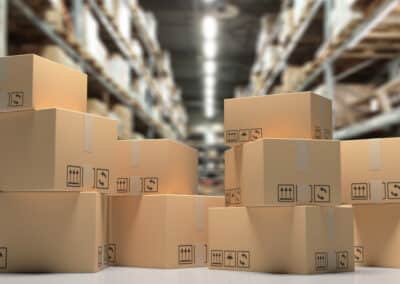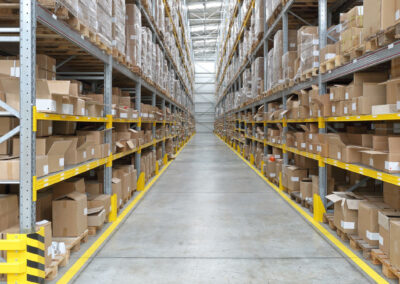Amazon FBM: How to successfully make the move from FBA

by Esther Schwan – 18 Min. read time
last updated 03/11/2023
Is Amazon a viable sales channel?
Companies cannot be successful in e-commerce with Amazon alone. However, those who use the marketplace as an add-on to sales channels such as their own online store will benefit from the unmatched reach of the e-commerce platform. Amazon is the first port of call for people who want to shop online. Therefore, the platform should not be underestimated as a sales opportunity.
Is FBA or Amazon FBM better for my e-commerce business?
Businesses that want to sell their products on Amazon can either let Amazon handle the fulfillment (Fulfillment by Amazon, FBA) or handle the shipping steps after the sale (Fulfillment by Merchant, FBM) themselves. The latter option has the advantage of keeping the customer experience in the hands of the merchant. As a result, FBM is often the better option, especially for e-commerce companies that value strong branding and customer intimacy. In addition, FBM is often more financially rewarding than FBA.
How can I effectively use Amazon FBM?
In order to use the FBM program and still save resources, you need strong fulfillment processes and fulfillment expertise. With the help of experienced partners, it is easy to transition to or start using FBM on Amazon.
Esther Schwan
PR & Content Marketing Lead DACH
Alaiko Posts





